
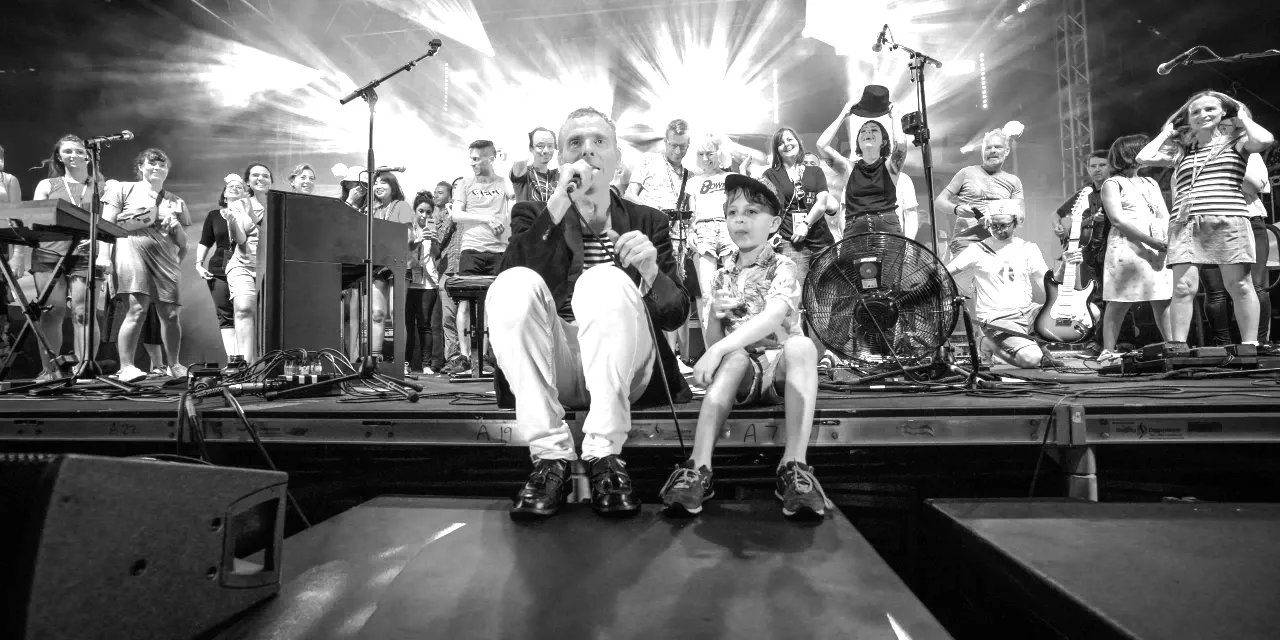
Belle and Sebastian
Follow Your Favorite Band Today!
Top Belle and Sebastian Community Posts
Albums



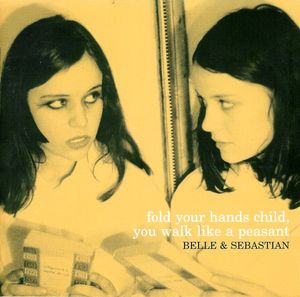
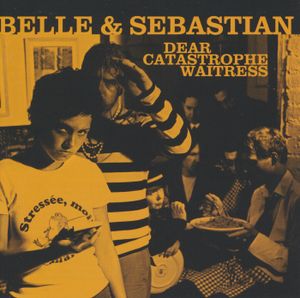
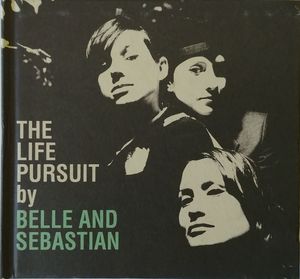


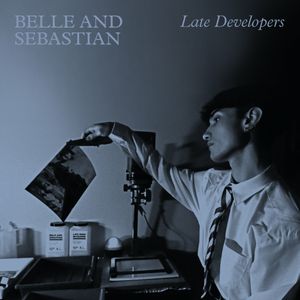
Story of Belle and Sebastian
Belle & Sebastian: A Scottish Indie Pop Gem
Belle & Sebastian, hailing from Glasgow, Scotland, are a quintessential indie pop band formed in 1996. Led by the enigmatic Stuart Murdoch, their sound is steeped in wistful melodies and introspective lyrics, drawing comparisons to iconic acts like The Smiths and Nick Drake. Their name, a tribute to the 1965 television series "Belle and Sebastian," reflects their penchant for storytelling and capturing a sense of childlike wonder.
Though consistently lauded by critics for their unique blend of "wistful pop," Belle & Sebastian have enjoyed only moderate commercial success. This hasn't deterred their dedicated fanbase, who adore their captivating live shows and deeply personal songwriting.
A Humble Beginning: From Stow College to Tigermilk (1994-1996)
Their journey began in 1994 at Stow College's Beatbox program, a haven for aspiring musicians in Glasgow. Murdoch, along with Stuart David, found common ground in their shared musical vision. This collaboration, alongside music professor Alan Rankine (formerly of The Associates), resulted in a series of demos that caught the attention of the college's Music Business course.
Impressed by Murdoch's songwriting talent, the course gave him the opportunity to record a full-length album. In a whirlwind three days, the band – including Stevie Jackson on guitar and vocals, Isobel Campbell on cello and vocals, Chris Geddes on keys, and Richard Colburn on drums – captured the essence of their sound on "Tigermilk."
The album, a product of "botched capitalism," as Murdoch describes it, is a testament to the band's raw talent and their ability to create something special from humble beginnings. The name "Belle & Sebastian" was inspired by a short story Murdoch wrote, drawing on the charm and innocence of the television series "Belle and Sebastian." The story revolved around a six-year-old boy and his Great Pyrenees companion, Belle.
A Legacy of Wistful Pop and Enduring Appeal
From their humble beginnings to their enduring legacy, Belle & Sebastian have carved a unique space in the indie pop landscape. They remain a beloved band, captivating listeners with their melancholic melodies and introspective lyrics, leaving a lasting impression on the hearts of their devoted fanbase.
Bands you may like
More Indie Pop Bands
Explore Indie PopDiscover more bands in the Indie Pop genre and explore the diverse sounds that define this musical style.
Browse All Indie Pop BandsMore Bands from United Kingdom
Explore United KingdomDiscover the rich musical heritage of United Kingdom and explore bands that represent the country's unique sound and culture.
Browse All United Kingdom Bands